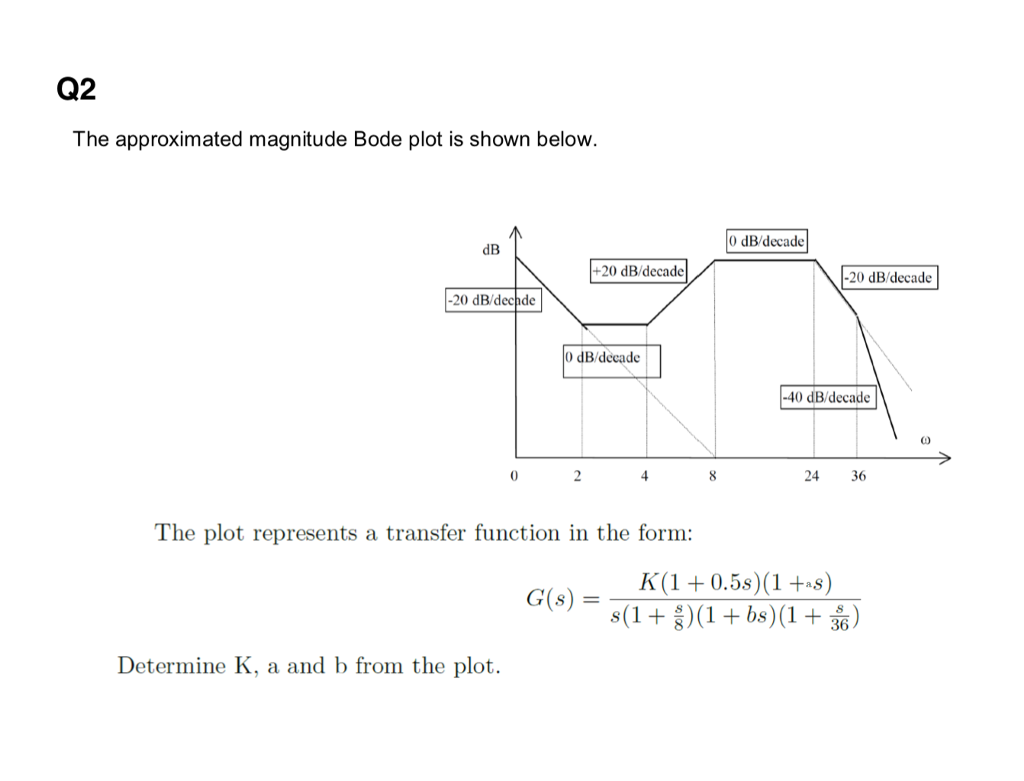


The input signal would be an impulse function since that contains allįrequencies at equal amounts. You should therefore make sure that whatever signal gets used contains a wide range of frequencies. If, however, the input signal does not have any energy in the higher frequency ranges, the tfestimate program will not be able to compensate. Furthermore, the tfestimate command breaks the signal up into several windows, further reducing the possibility that a problem of this nature will occur. In the example below, assume you are trying to find an estimate for the transfer function: If you have a data set and want to find an estimated experimental transfer function between two variables in the set, you can have MATLAB come up with a transfer function estimate using the tfestimate command. %% Circuit constants R = 10000 C = 22e-9 %% Set up transfer function % Create "s" as a transfer function for use later s = tf ( 's' ) % Use s to generate transfer function for circuit H = ( s * R * C ) / ( s * R * C + 1 ) % Generate list of frequencies must use angular frequencies in bode command F = logspace ( 1, 5, 1000 ) Omega = 2 * pi * F % Use bode command to analyze transfer function = bode ( H, Omega ) HMag = squeeze ( HMag ) HPhase = squeeze ( HPhase ) %% Make plot figure ( 1 ) clf % Magnitude plot on top subplot ( 2, 1, 1 ) semilogx ( HOmega, 20 * log10 ( HMag ), 'k-' ) xlabel ( '\omega, rad/s' ) ylabel ( '|H|, dB' ) % Phase plot on bottom subplot ( 2, 1, 2 ) semilogx ( HOmega, HPhase, 'k-' ) xlabel ( '\omega, rad/s' ) ylabel ( '\angle H, rad' ) Estimates from Time Series Data


 0 kommentar(er)
0 kommentar(er)
